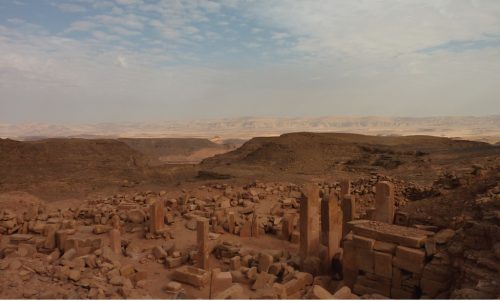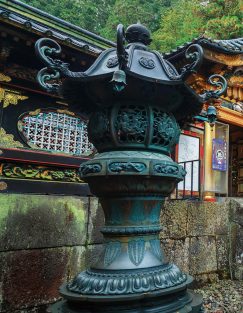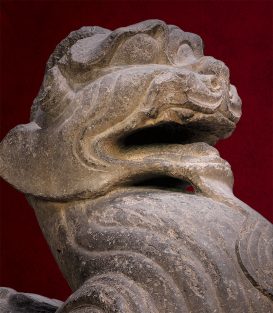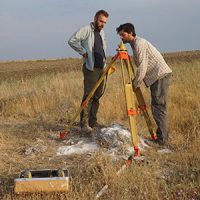Asia

Vol. 64 / No. 3
By: Virginia R. Herrmann and Adam Smith
The Alphabet: A Remarkable Journey from Sinai to Beijing
The alphabet*—it’s a seemingly simple invention with a deeper history and longer journey than many people realize. The ancestor of […]
View Article
Vol. 64 / No. 1
By: Adam Smith
Shining a Spotlight on a Sixth-Century Bronze Maitreya
Throughout Spring 2022, Penn Museum visitors will see updates to the light-filled Asia Galleries on the Upper Level, particularly in […]
View Article
Vol. 63 / No. 1
By: Stephen Lang
Identifying an Ancient Script
One of the ongoing projects in the Asian Section is an attempt to identify, transcribe, and translate any text found […]
View Article
Vol. 62 / No. 3
By: Yupeng Wu
A Miao Baby Carrier from China: Favorite Object
THIS EMBROIDERED MIAO BABY CARRIER is typical of those made in Zhijin (织金), a county in Guizhou province in southwest […]
View Article
Vol. 61 / No. 1
By: Yoko Nishimura
The Tale of the Tokugawa Artifacts: Japanese Funerary Lanterns at the Penn Museum
A bronze dedicatory lantern that previously stood at the back of the quiet inner courtyard of the Penn Museum waited […]
View Article
Vol. 61 / No. 1
By: Elizabeth G. Hamilton and Joyce C. White
An Abandoned City in Laos: Research Notes
Laos is one of the least archaeologically explored countries in the world, largely because geopolitics of Southeast Asia through much […]
View Article
Vol. 59 / No. 3
By: Adam Smith and Qin Zhongpei
Marking the Spirit Road: Funerary Stone Sculpture in China
The two winged lions that confront each other across the span of the Rotunda are the oldest and most massive […]
View Article
Vol. 59 / No. 3
From the CAAM Labs to the Field, and Back Again: In the Labs
For this issue of “In the Labs,” two undergraduate students enrolled in CAAM’s Minor in Archaeological Science write on the […]
View Article
Vol. 59 / No. 3
By: Alessandro Pezzati
Early Photographs of China: In the Archives
Photography has been central to archaeological and ethnographic documentation since its invention in 1839. Almost all Penn Museum expeditions took […]
View Article
Vol. 58 / No. 3
By: Fangyi Cheng
Chinese Nomadic Art and the Journey to Collect: The Legacy of the Mayer Collection
For foreigners in China, the 1920s and ’30s were the golden age for collecting artifacts. Professional curators and dealers sent […]
View Article